2023-05-26
Solar traffic signs offer several benefits for sustainable transportation. Here are some of the key advantages:
1. Renewable Energy: Solar traffic signs utilize clean and renewable solar energy to power their operations. They have built-in solar panels that absorb sunlight during the day and convert it into electricity, which is stored in batteries for use during the night or in low-light conditions. By relying on solar power, these signs reduce dependence on fossil fuels and decrease greenhouse gas emissions associated with traditional grid-powered signs.
2. Energy Efficiency: Solar traffic signs are designed to be highly energy-efficient. They use LED (Light Emitting Diode) technology, which consumes significantly less energy compared to traditional incandescent or fluorescent bulbs. LEDs require minimal power to produce bright and visible light, ensuring efficient utilization of the stored solar energy. This efficiency helps reduce overall energy consumption and contributes to a greener transportation system.
3. Cost Savings: While the upfront cost of installing solar traffic signs may be higher than traditional signs, they offer long-term cost savings. Solar-powered signs eliminate the need for expensive electrical infrastructure, wiring, and ongoing electricity costs associated with grid-powered signs. They operate autonomously, without requiring connection to the power grid, resulting in lower operational expenses over time.
4. Versatility and Mobility: Solar traffic signs are typically self-contained units that can be easily installed and relocated as needed. They do not require complex wiring or underground connections, making them flexible for temporary or changing traffic conditions. This versatility allows for efficient traffic management during construction zones, special events, or other situations that require temporary signage.
5. Increased Safety: Solar traffic signs contribute to improved road safety. With their bright LED lights, they enhance visibility for drivers, cyclists, and pedestrians, especially during low-light conditions or inclement weather. Clear and well-lit signs help ensure that important traffic information, warnings, and regulations are easily discernible, reducing the risk of accidents and enhancing overall transportation safety.
6. Reduced Environmental Impact: Solar traffic signs align with sustainable transportation goals by minimizing environmental impact. By using renewable energy and energy-efficient lighting technology, they contribute to lower carbon emissions, decreased reliance on non-renewable energy sources, and reduced air pollution. Additionally, as solar signs are often made with recyclable materials, they support the principles of the circular economy.
7. Resilience and Reliability: Solar traffic signs are designed to be durable and resilient. They are typically equipped with robust weatherproofing features, ensuring their functionality even in challenging environmental conditions. Since they operate independently of the power grid, solar signs can continue to function during power outages or in remote areas, providing uninterrupted traffic guidance and maintaining the flow of transportation.
In summary, solar traffic signs offer multiple benefits for sustainable transportation, including the use of renewable energy, energy efficiency, cost savings, versatility, increased safety, reduced environmental impact, and resilience. By adopting these signs, transportation systems can enhance their sustainability while improving traffic management and promoting road safety.

 English
English 简体中文
简体中文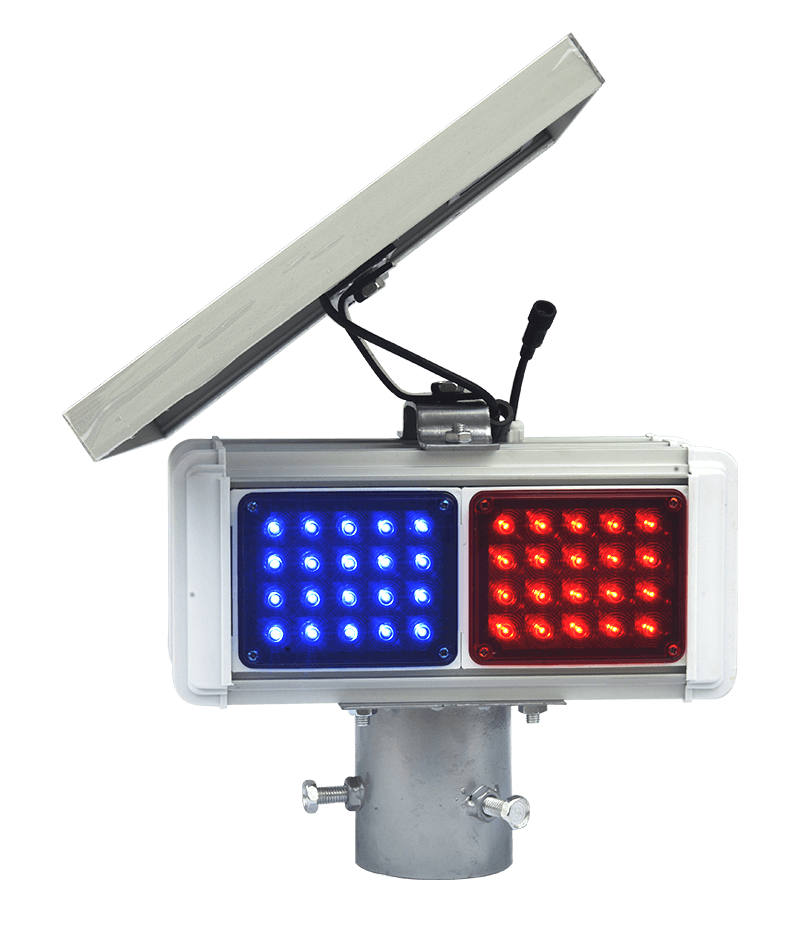
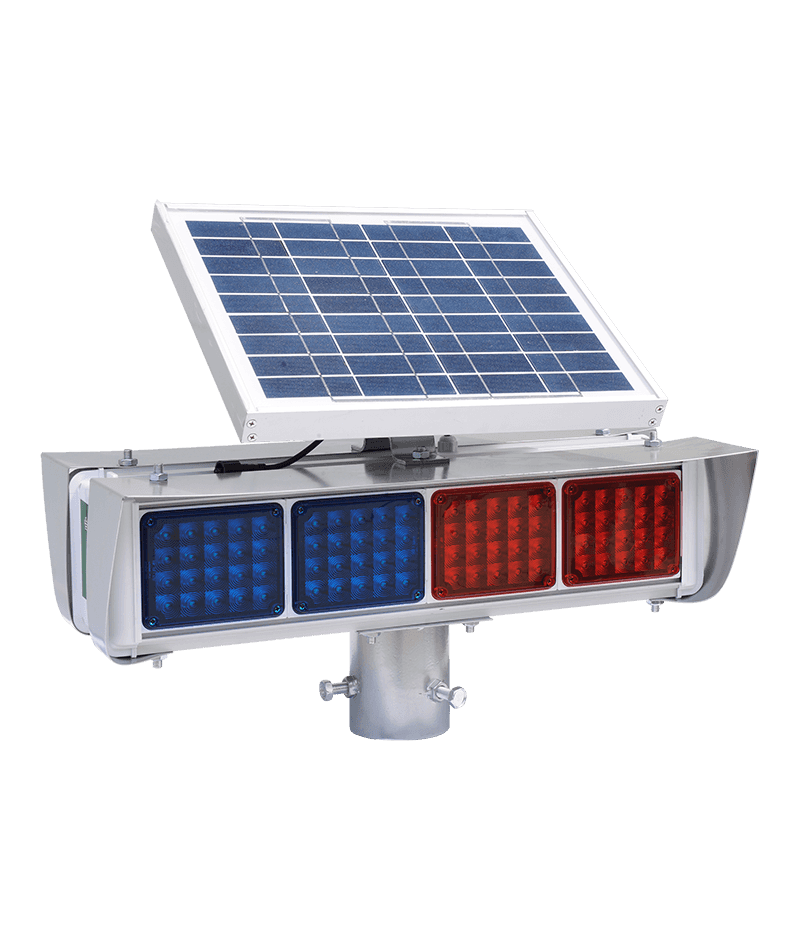
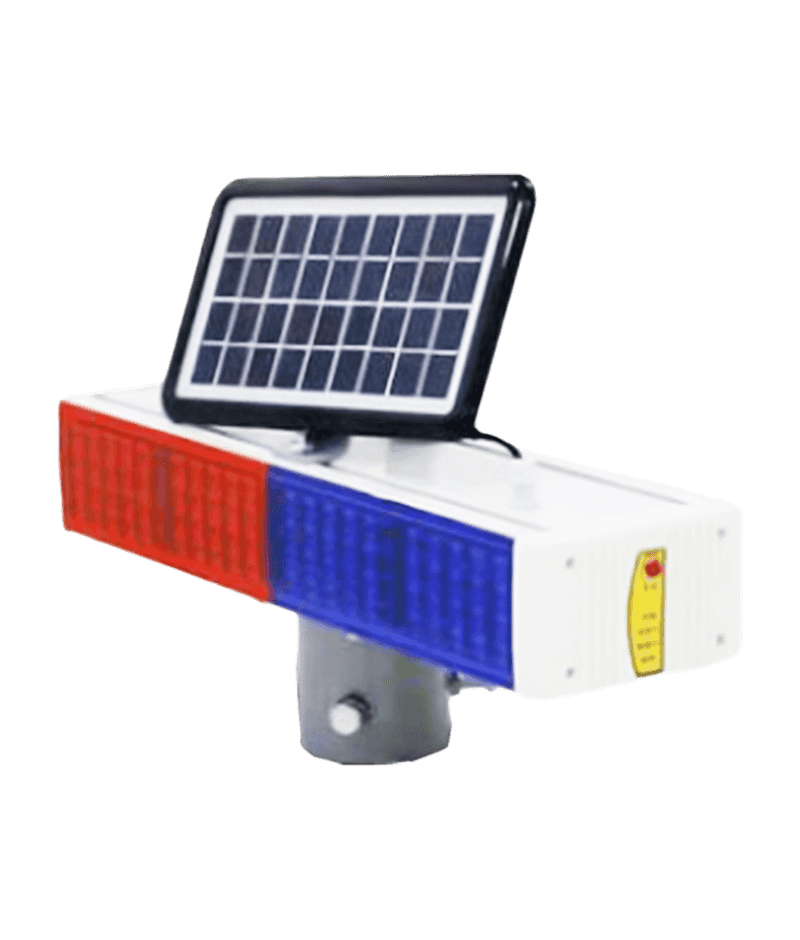
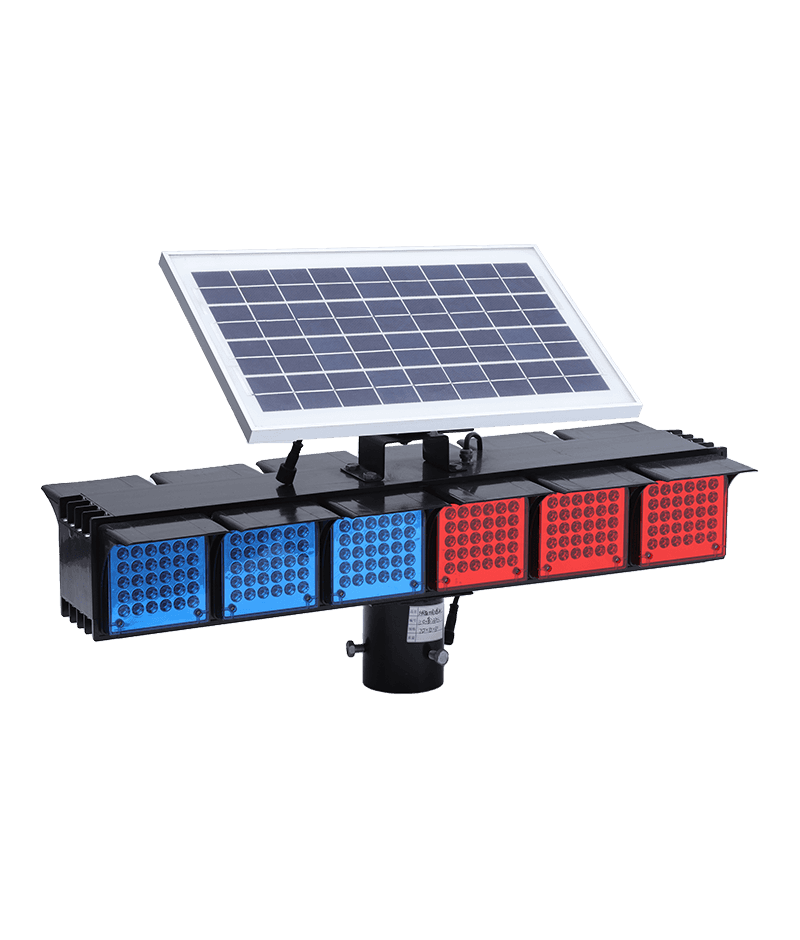
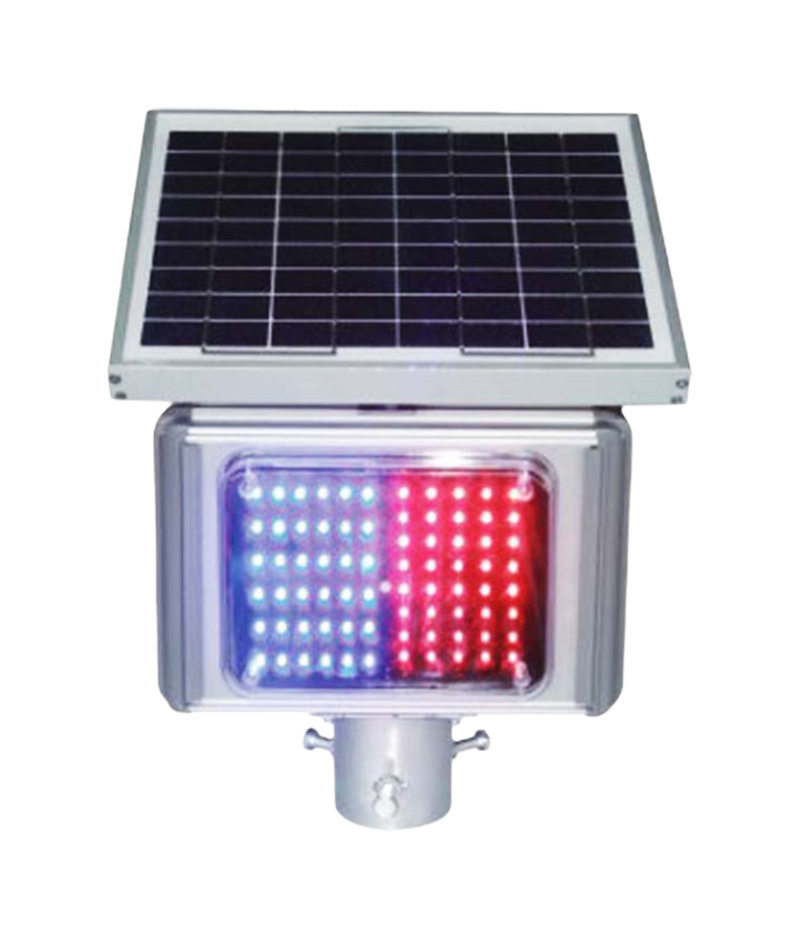
.png)

